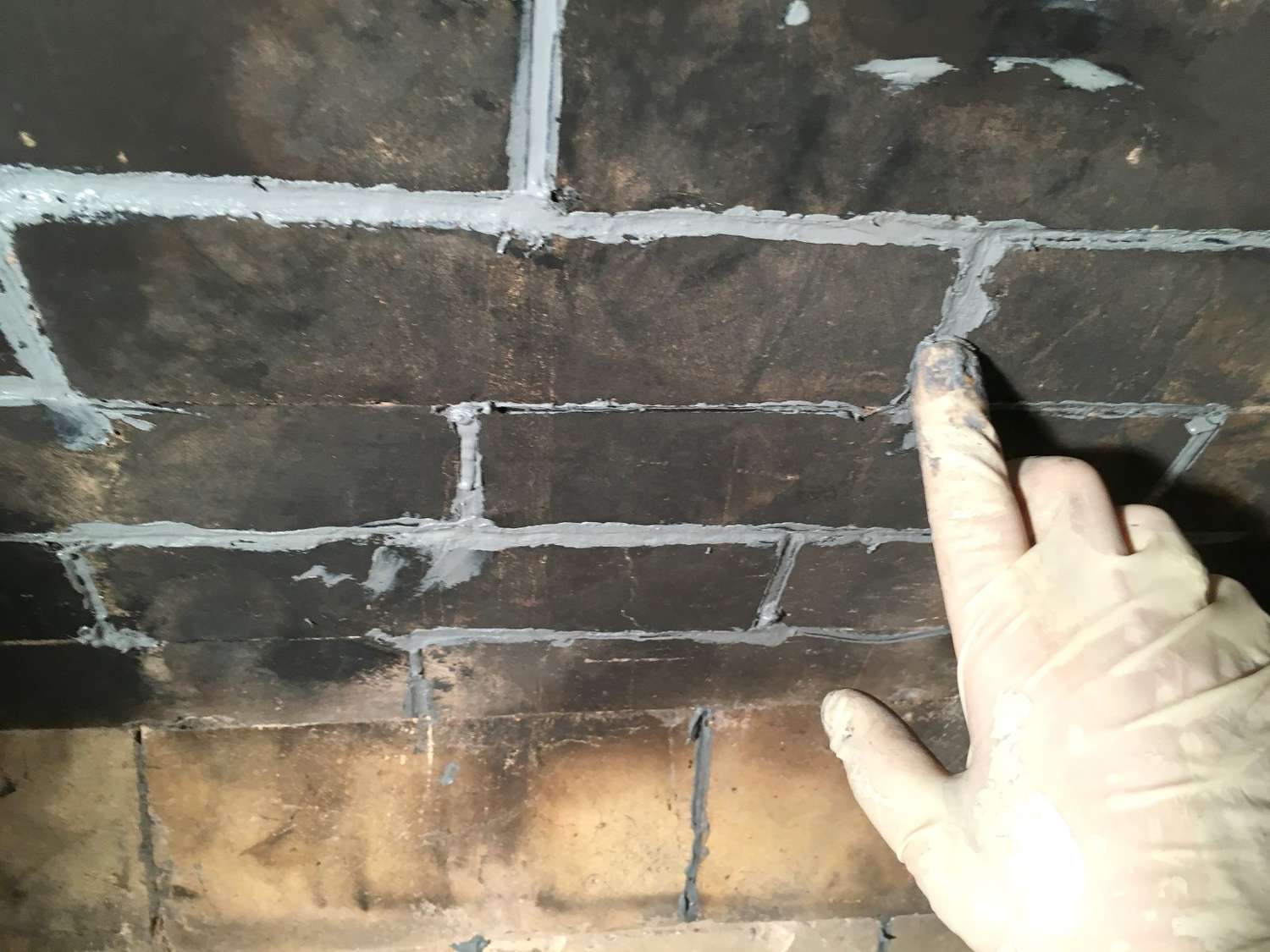

Articles
What Kind Of Mortar Is Used In A Fireplace?
Modified: October 18, 2024
Discover the different types of mortar used in fireplaces and learn which one is best for your project. Read our informative articles on fireplace mortar today!
(Many of the links in this article redirect to a specific reviewed product. Your purchase of these products through affiliate links helps to generate commission for Storables.com, at no extra cost. Learn more)
Introduction
Fireplaces are not just functional heating elements, but also important design features that add warmth and ambiance to our homes. When it comes to building or repairing a fireplace, one crucial component to consider is the type of mortar used. The mortar used in a fireplace plays a vital role in ensuring its structural integrity, longevity, and overall performance.
In this article, we will explore the different types of mortar commonly used in fireplaces. We’ll discuss the characteristics, applications, pros, and cons of each type, as well as recommendations for their usage. By understanding the differences between non-refractory and refractory mortars, you’ll be better equipped to make an informed decision when it comes to your fireplace project.
Key Takeaways:
- Choose refractory mortar for high-temperature resistance and firebrick joints, ensuring safety and longevity for your fireplace. Consider temperature resistance, durability, aesthetics, and material compatibility when selecting the right mortar.
- Non-refractory mortar is cost-effective and versatile for aesthetic fireplace elements, but refractory mortar is essential for withstanding intense heat. Prioritize safety, longevity, and performance by selecting the appropriate mortar type.
Types of Mortar for Fireplaces
When it comes to fireplaces, there are two main types of mortar used: non-refractory mortar and refractory mortar. Both have their own distinct properties and are suitable for different applications. Let’s take a closer look at each type.
Non-Refractory Mortar
Non-refractory mortar, also known as general-purpose or standard mortar, is the most commonly used type of mortar in construction. It is a mixture of cement, lime, and sand, with water added to create a workable consistency. Non-refractory mortar is versatile and can be used for various applications, including bricklaying and general masonry work.
In the context of fireplaces, non-refractory mortar can be used for the construction of the fireplace frame or as a bonding material for non-fireproof materials such as decorative stones or bricks. However, it is important to note that non-refractory mortar is not designed to withstand high temperatures and direct exposure to fire. It may crack or deteriorate over time when exposed to intense heat, which can compromise the structural stability of the fireplace.
Despite its limitations in terms of heat resistance, non-refractory mortar offers several advantages. It is readily available, cost-effective, and easy to work with. Additionally, it provides good adhesive properties, ensuring strong bonds between the fireplace components. For fireplaces that primarily serve aesthetic purposes or experience minimal exposure to heat, non-refractory mortar can be a suitable choice.
Refractory Mortar
Refractory mortar, also known as fireproof or heat-resistant mortar, is specifically designed to withstand high temperatures and direct contact with fire. It is composed of special heat-resistant materials such as calcium aluminate, fireclay, or a combination of both. Refractory mortar is widely used in the construction of fireplaces, chimneys, and other heat-intensive applications.
When it comes to fireplaces, refractory mortar is used for joints between firebricks or refractory bricks, as well as for repairing cracked or damaged firebrick linings. This type of mortar has excellent heat resistance and can withstand temperatures of up to 2,500 degrees Fahrenheit (1,371 degrees Celsius) or even higher, depending on the specific product.
Refractory mortar offers several advantages that make it ideal for fireplaces. It provides superior thermal conductivity and expansion properties, allowing it to withstand rapid temperature changes without cracking or crumbling. Additionally, refractory mortar creates a tight seal between bricks, reducing the risk of smoke or gas leakage. It is also highly durable and long-lasting, ensuring the longevity and safety of the fireplace.
However, it is worth noting that refractory mortar can be more expensive than non-refractory mortar and may require special tools or techniques for application. Furthermore, it can have a different appearance compared to non-refractory mortar, which may affect the overall aesthetic of the fireplace. Careful consideration should be given to selecting the right type of refractory mortar that matches the design and functional requirements of the fireplace.
Non-Refractory Mortar
Read more: What Kind Of Mortar For A Shower Tile
Definition and Composition
Non-refractory mortar, also known as general-purpose or standard mortar, is a versatile mixture of cement, lime, and sand. The ratio of these ingredients may vary depending on specific applications or manufacturer recommendations. Water is added to the mixture to achieve a workable consistency that can be easily applied.
Application in Fireplaces
Non-refractory mortar is commonly used in fireplaces for several purposes. It can be used for constructing the fireplace frame, including laying bricks or stones, as well as for bonding non-fireproof materials such as decorative elements. However, it is important to note that non-refractory mortar should not be used for firebrick joints or areas directly exposed to high temperatures.
Pros and Cons
Non-refractory mortar offers several advantages for fireplace applications. It is readily available in hardware stores and can be cost-effective compared to refractory mortar. Its composition allows for good adhesive properties, ensuring strong bonds between fireplace components.
However, non-refractory mortar has limitations when it comes to heat resistance. It is not designed to withstand high temperatures or direct exposure to fire. When exposed to intense heat over time, it may crack or deteriorate, compromising the structural stability of the fireplace. Additionally, non-refractory mortar may not provide an airtight seal, which can lead to smoke or gas leakage.
Recommendations for Usage
Non-refractory mortar is suitable for fireplaces that primarily serve aesthetic purposes or experience minimal heat exposure. If you are using non-fireproof materials, such as decorative stones or bricks, in your fireplace, non-refractory mortar can be used for bonding them together. However, it is important to ensure that the fireproof areas of the fireplace, such as the firebrick lining and joints, are properly constructed using refractory mortar for optimal heat resistance and safety.
Read more: What Kind Of Paint To Use On Brick Fireplace
Refractory Mortar
Read more: What Kind Of Mortar For A Shower Tile
Definition and Composition
Refractory mortar, also known as fireproof or heat-resistant mortar, is specifically formulated to withstand high temperatures and direct contact with fire. It is composed of special heat-resistant materials such as calcium aluminate, fireclay, or a combination of both. The precise composition may vary depending on the specific product or manufacturer.
Application in Fireplaces
Refractory mortar is widely used in fireplaces for various applications. It is primarily used for joints between firebricks or refractory bricks, creating a secure and heat-resistant bond. It is also used for repairing cracked or damaged firebrick linings, ensuring the structural integrity and safety of the fireplace.
Pros and Cons
Refractory mortar offers several advantages that make it ideal for fireplace applications. It has excellent heat resistance and can withstand temperatures of up to 2,500 degrees Fahrenheit or higher, depending on the specific product. It has superior thermal conductivity and expansion properties, allowing it to withstand rapid temperature changes without cracking or crumbling. Refractory mortar also creates a tight seal between bricks, reducing the risk of smoke or gas leakage. Moreover, it is highly durable and long-lasting, ensuring the longevity and safety of the fireplace.
However, there are a few considerations with refractory mortar. It can be more expensive compared to non-refractory mortar. The application of refractory mortar may require special tools or techniques, which should be taken into account during the construction or repair process. Additionally, refractory mortar may have a different appearance compared to non-refractory mortar, which may impact the overall aesthetic of the fireplace. Careful selection of the right type of refractory mortar is important to ensure it matches the design and functional requirements of the fireplace.
Recommendations for Usage
Refractory mortar is recommended for fireplaces that will be exposed to high temperatures and direct contact with fire. It is best used for constructing firebrick joints, firebox linings, or areas that will experience heat-intensive use. When repairing or replacing firebrick linings, using refractory mortar will ensure the structural integrity and safety of the fireplace. It is essential to follow manufacturer recommendations and guidelines for application to achieve optimal heat resistance and performance.
Factors to Consider in Choosing Mortar for Fireplaces
When selecting mortar for fireplaces, there are several key factors to consider to ensure optimal performance, safety, and aesthetics. Let’s explore these factors in detail:
Temperature Resistance
One of the most crucial factors to consider when choosing mortar for fireplaces is its temperature resistance. Different fireplaces and heating systems generate varying degrees of heat. Therefore, it is essential to select a mortar that can withstand the specific temperature range your fireplace will be exposed to. Refractory mortar is specifically designed for high-temperature applications and is recommended for fireplaces where intense heat is present.
Strength and Durability
The strength and durability of the mortar are significant considerations in ensuring the longevity of your fireplace. Fireplaces are subjected to frequent heating and cooling cycles, which can put stress on the mortar. It is essential to choose a mortar that is strong and durable enough to withstand these thermal shocks without cracking or deteriorating over time. Refractory mortar is known for its excellent strength and durability in the face of extreme heat and temperature fluctuations.
Read more: What Kind Of Fireplace Do I Have
Aesthetic Considerations
Apart from functionality, the visual appeal of the mortar is also important, especially if the fireplace is a focal point of the room. Consider the color and texture of the mortar and how it will complement the overall design scheme. Non-refractory mortar is more versatile in terms of appearance as it comes in different colors, making it easier to match with the surrounding materials. On the other hand, refractory mortar tends to have a more rustic or traditional look due to its composition of heat-resistant materials.
Compatibility with Surrounding Materials
Another factor to consider is the compatibility of the chosen mortar with the surrounding materials in your fireplace. Different materials, such as bricks, stones, or tiles, may have different characteristics and expansion rates. It is important to select a mortar that will bond well with these materials and accommodate any potential movement or expansion without compromising the overall structure. Consulting with a professional or mortar supplier can help ensure the compatibility of the mortar with the specific materials used in your fireplace.
By considering these factors, you can make an informed decision when choosing the right type of mortar for your fireplace. Carefully evaluating temperature resistance, strength and durability, aesthetic considerations, and compatibility will help ensure the longevity, safety, and visual appeal of your fireplace.
Conclusion
Choosing the right type of mortar for your fireplace is crucial for its structural integrity, longevity, and performance. Understanding the differences between non-refractory mortar and refractory mortar is key to making an informed decision for your specific needs.
Non-refractory mortar, made from a mixture of cement, lime, and sand, is versatile and commonly used for fireplace construction and bonding non-fireproof materials. It is cost-effective and easy to work with, but it is not designed for high temperatures and direct exposure to fire. On the other hand, refractory mortar, composed of heat-resistant materials like calcium aluminate and fireclay, is specifically formulated to withstand intense heat. It is ideal for firebrick joints, repair work, and areas directly exposed to fire, ensuring the safety and longevity of the fireplace.
When choosing mortar for your fireplace, consider crucial factors such as temperature resistance, strength and durability, aesthetic considerations, and compatibility with surrounding materials. These factors will ensure that your chosen mortar can withstand the specific heat requirements of your fireplace, provide long-lasting support, align with your desired design, and bond effectively with other materials in your fireplace.
Consulting with professionals or mortar suppliers can be beneficial in making the right choice for your fireplace project. They can provide expert advice tailored to your specific needs, ensuring that the selected mortar meets the necessary safety standards and achieves the desired aesthetic outcome.
By carefully considering these factors and making an informed decision, you can enjoy a fireplace that not only adds warmth and ambiance to your home but also lasts for years to come. Whether you opt for non-refractory mortar for non-fireproof applications or refractory mortar for high-temperature resistance, selecting the appropriate mortar will provide the necessary support and ensure the safety and functionality of your fireplace.
Frequently Asked Questions about What Kind Of Mortar Is Used In A Fireplace?
Was this page helpful?
At Storables.com, we guarantee accurate and reliable information. Our content, validated by Expert Board Contributors, is crafted following stringent Editorial Policies. We're committed to providing you with well-researched, expert-backed insights for all your informational needs.
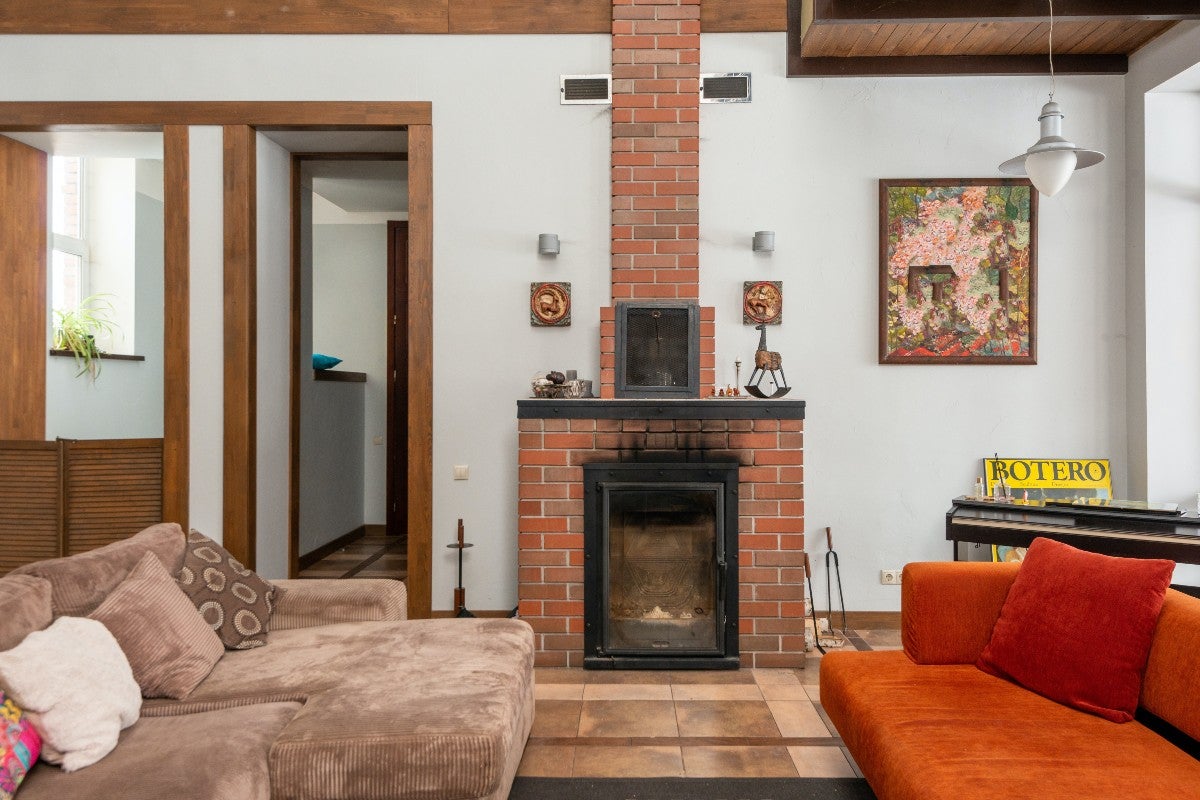
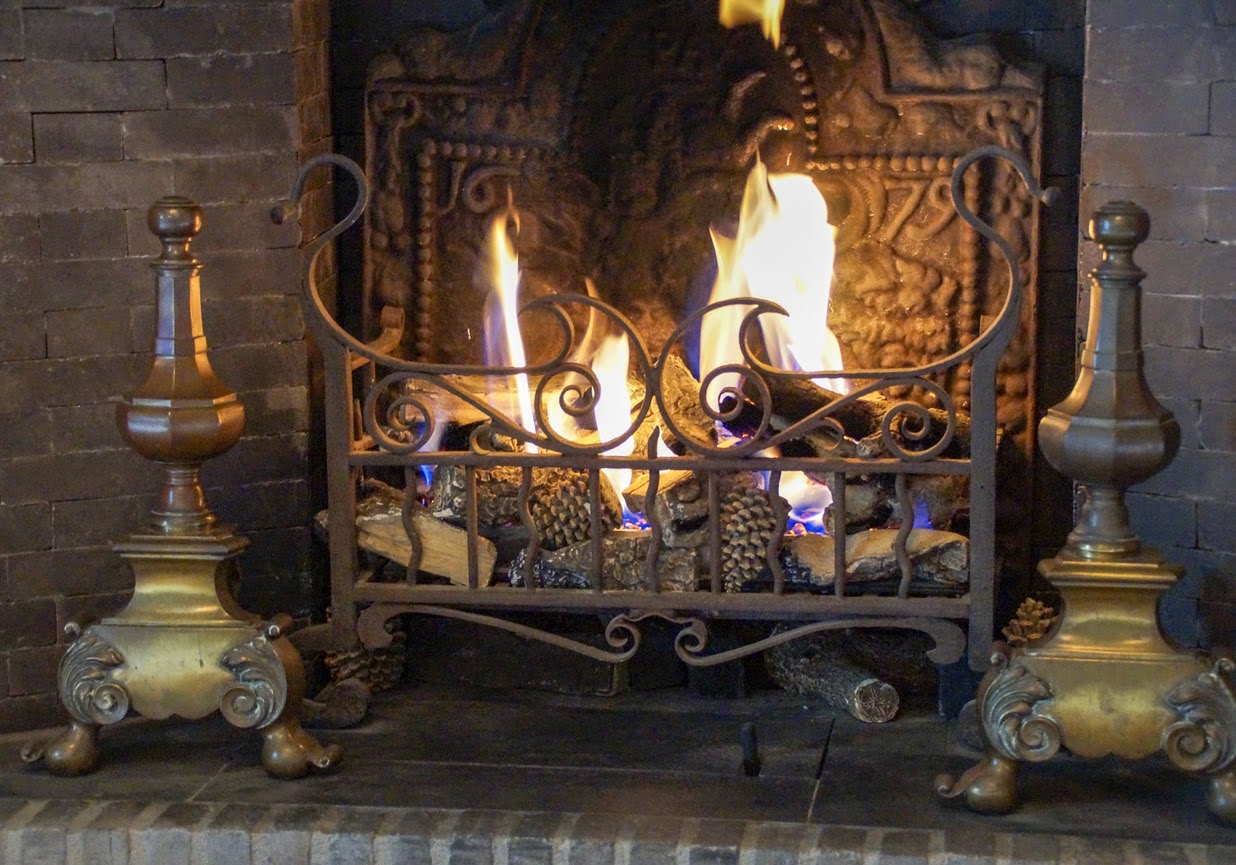
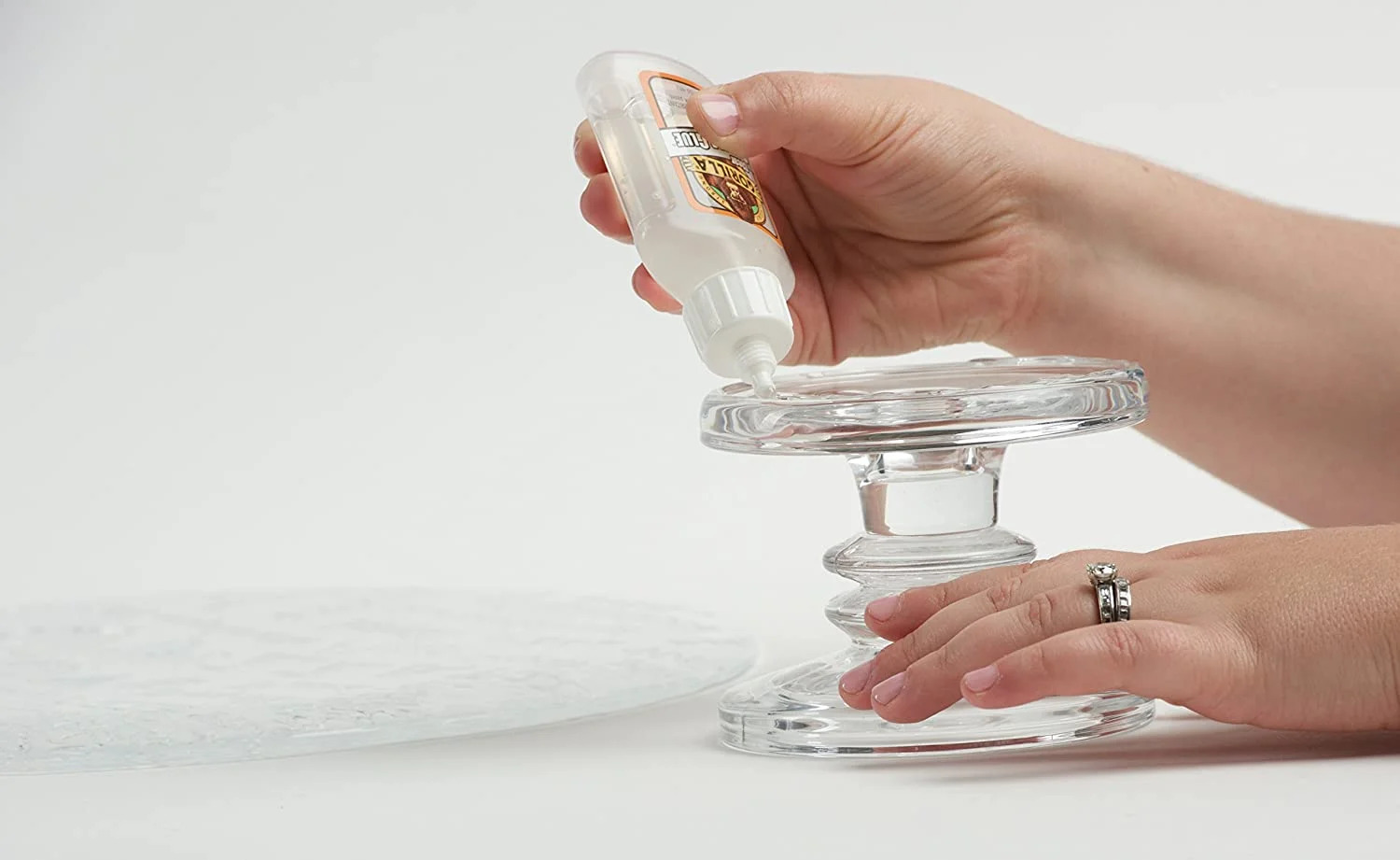
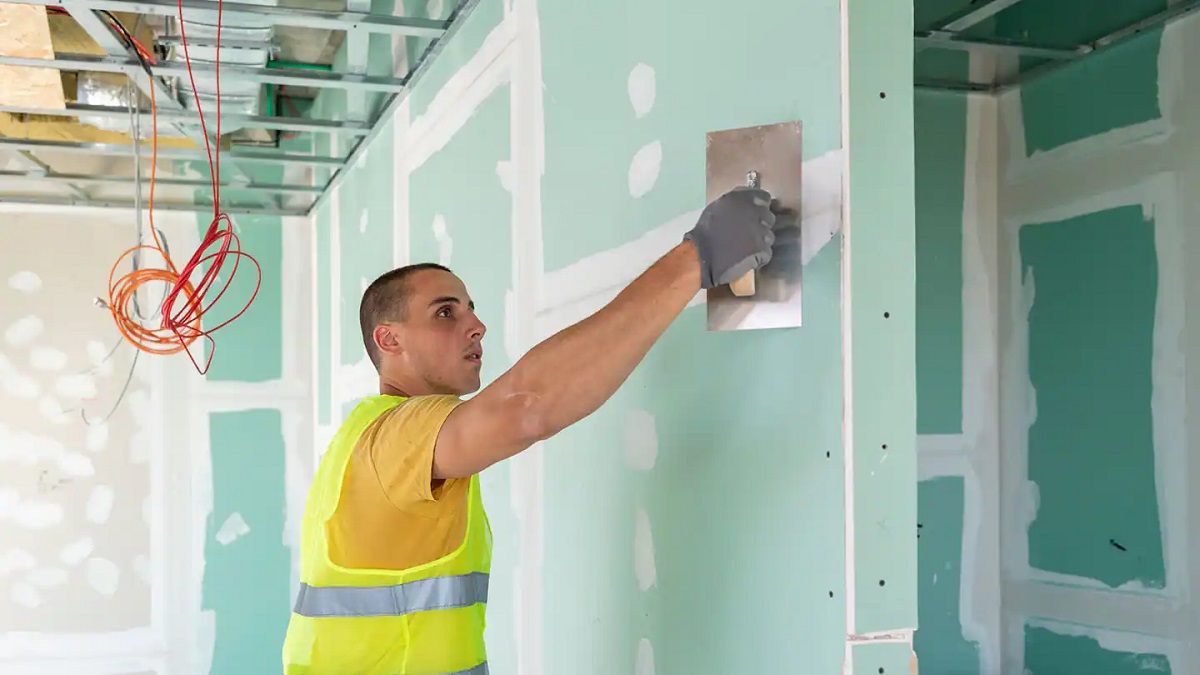
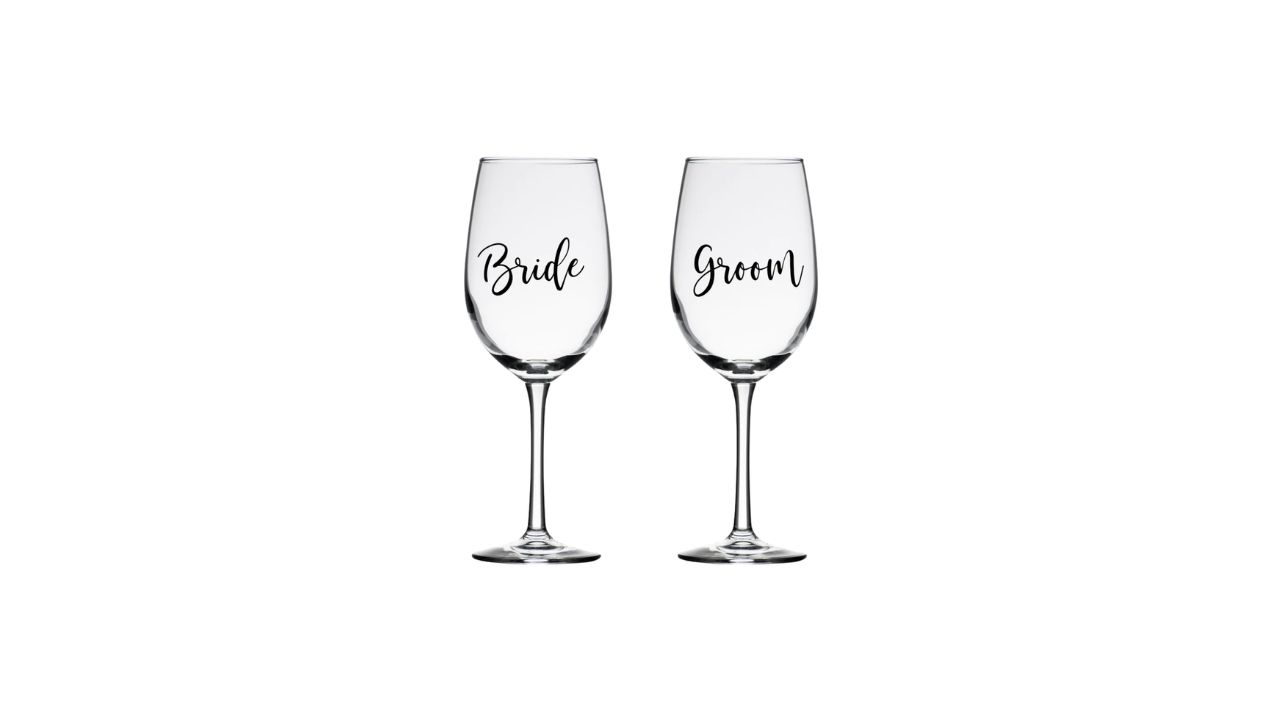
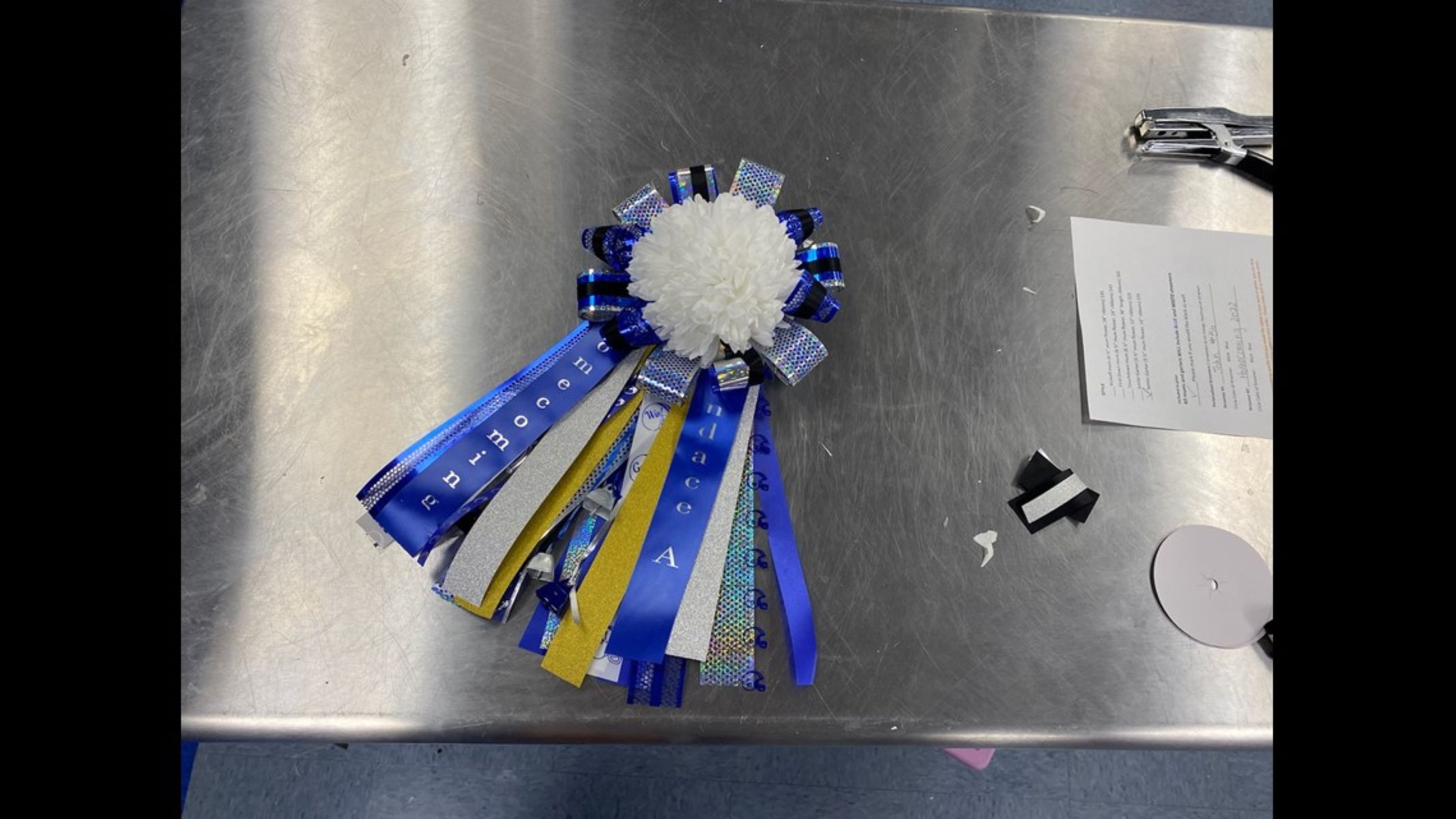
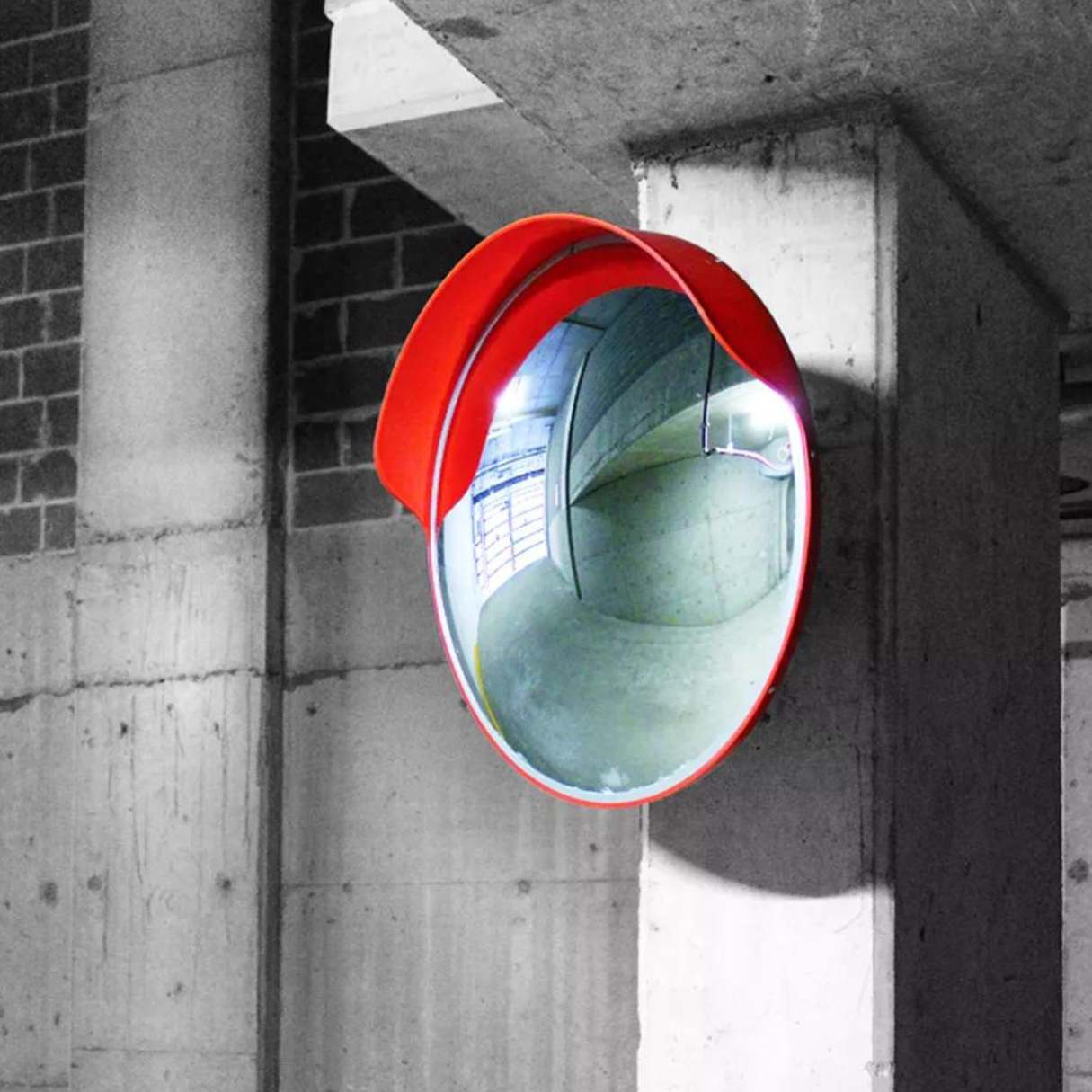
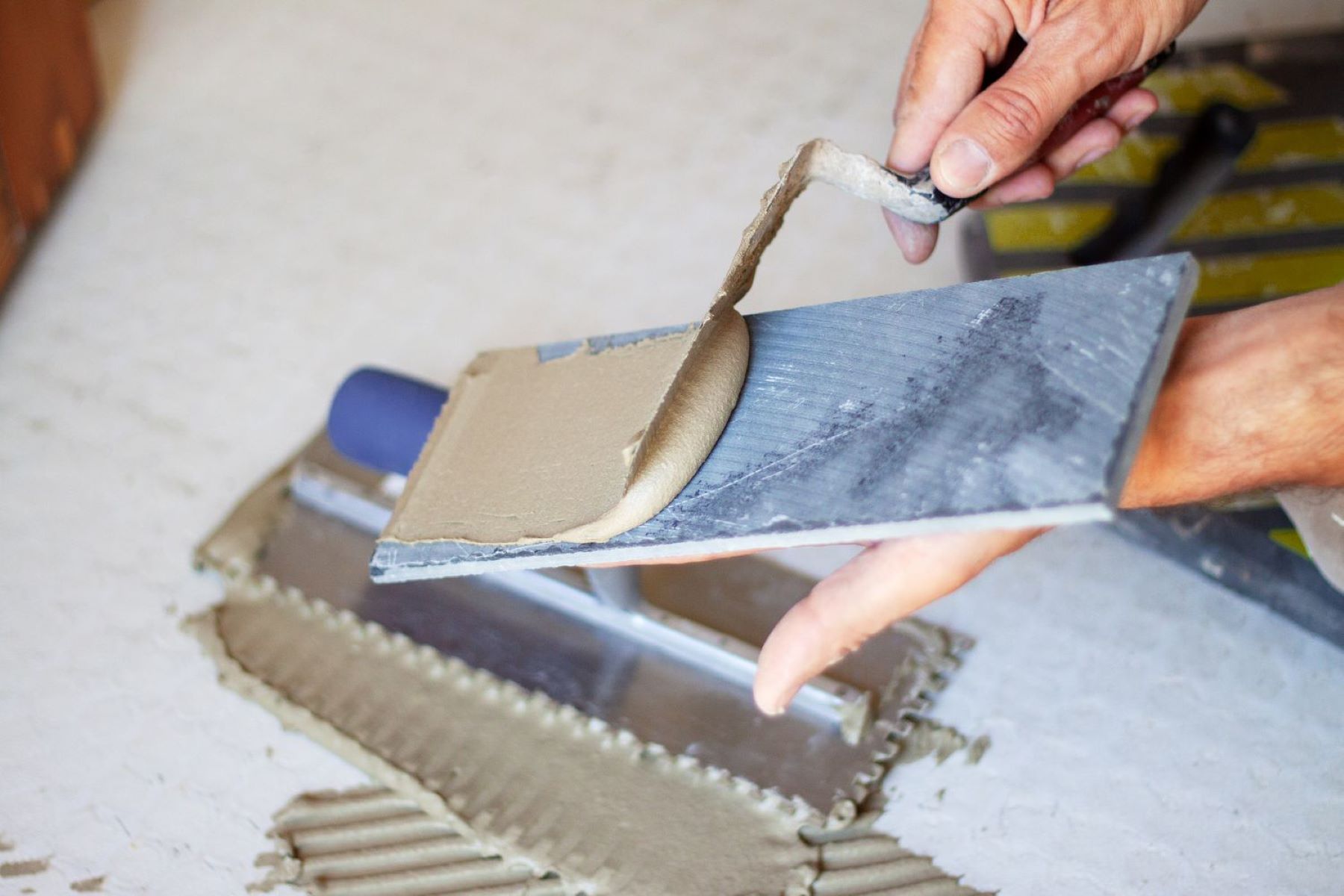


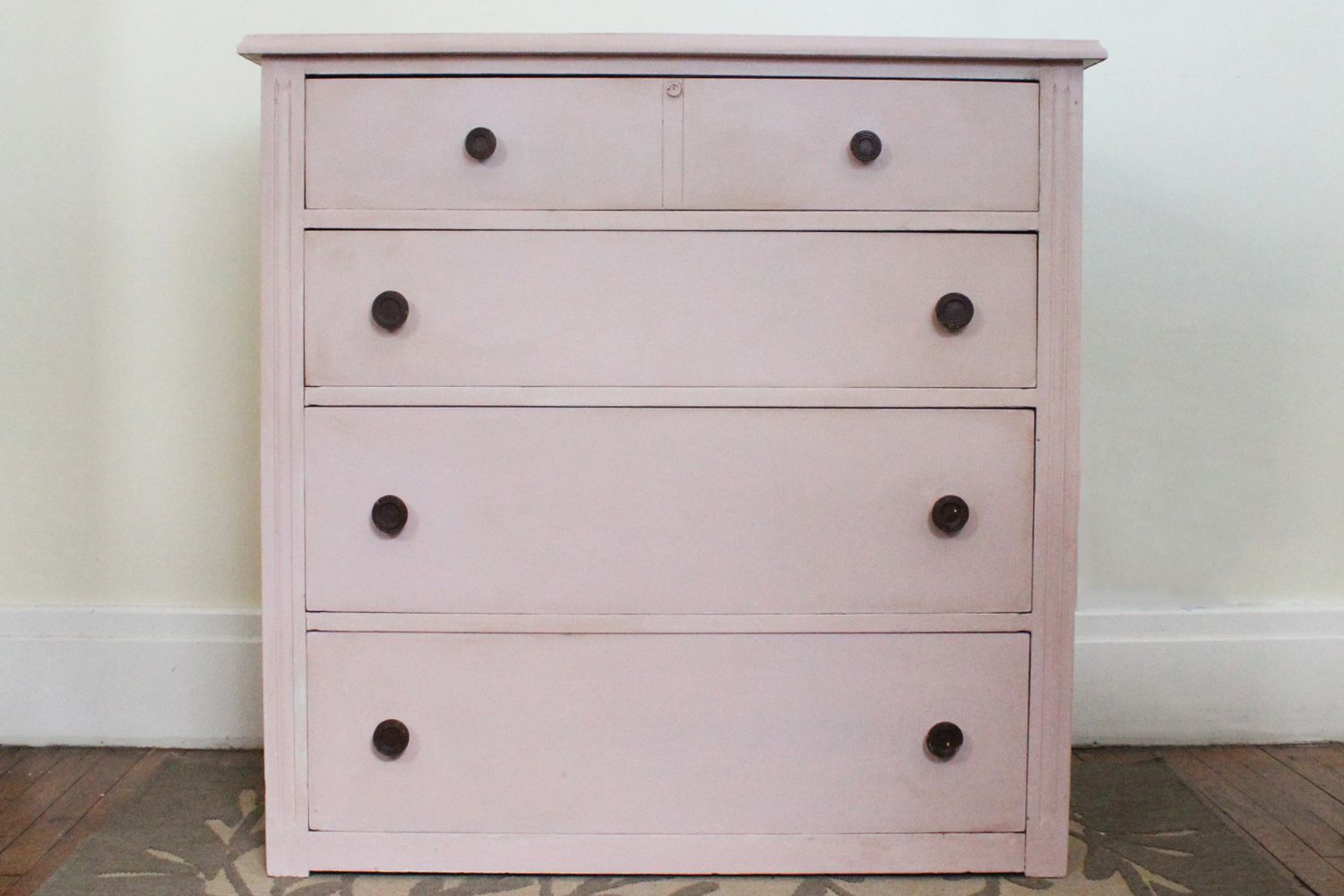

0 thoughts on “What Kind Of Mortar Is Used In A Fireplace?”